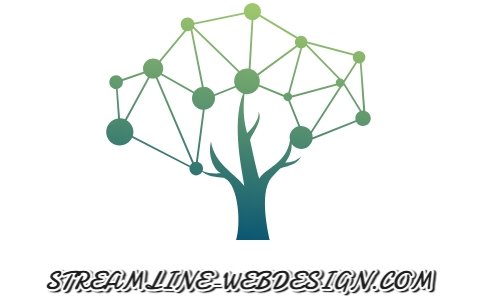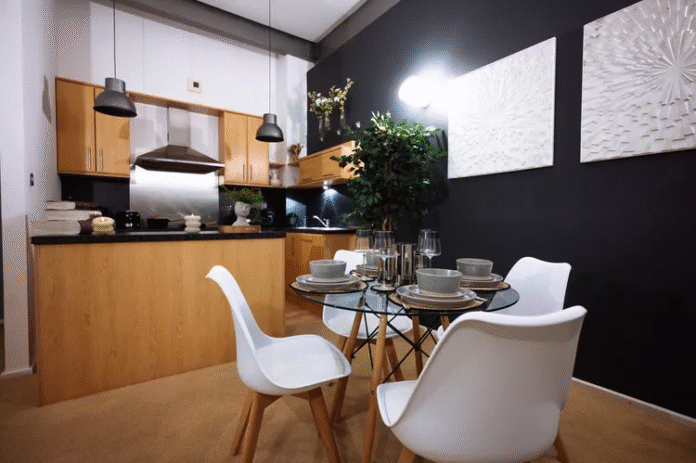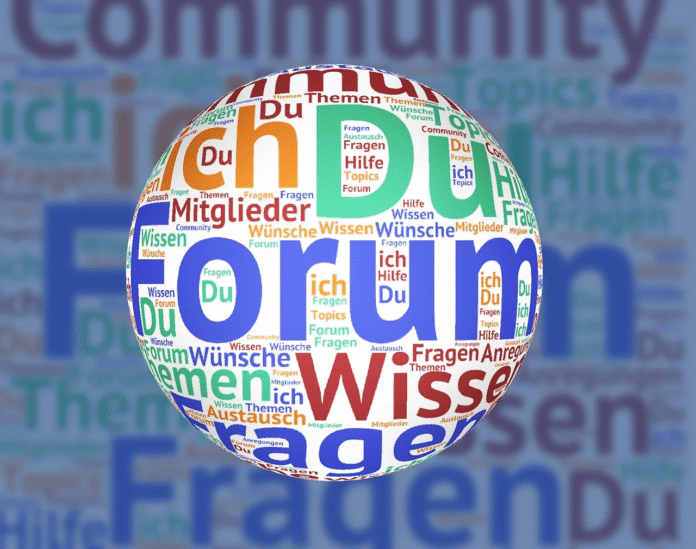
When people think of accessibility, they often imagine wheelchair ramps or screen readers. But true accessibility is much broader — it’s about ensuring everyone, regardless of ability, can participate fully in society, work, and life. And fostering a culture of accessibility isn’t just about compliance — it’s about empathy, equity, and inclusion.
🌍 What Does “Accessibility Culture” Mean?
An accessibility culture is an environment — in the workplace, in digital spaces, or in everyday life — where inclusive design is prioritized, diverse needs are respected, and barriers (physical, digital, or systemic) are proactively removed.
It’s the shift from “we have to” to “we want to.”
💡 Why Accessibility Culture Matters
- 1 in 4 adults in the U.S. lives with a disability, according to the CDC. Globally, that’s over 1 billion people.
- When you design for people with disabilities, you improve the experience for everyone — think of curb cuts, subtitles, or voice assistants.
- An inclusive culture leads to greater innovation, employee satisfaction, and market reach.
🏢 How to Foster Accessibility in Your Organization
1. Leadership Sets the Tone
Accessibility must be a top-down priority. When leadership openly champions inclusion, it signals that accessibility is part of the organization’s values — not just a legal requirement.
2. Educate and Empower
- Offer regular training on accessibility principles (WCAG, assistive tech, inclusive design).
- Normalize asking, “Is this accessible to everyone?” in team meetings and product reviews.
- Make space for feedback — especially from people with lived experience.
3. Inclusive Design From Day One
Whether you’re building software, hosting events, or writing content:
- Use alt text on images.
- Ensure color contrast is sufficient.
- Provide captions and transcripts.
- Avoid ableist language or assumptions.
4. Hire With Accessibility in Mind
Representation matters. Include people with disabilities in hiring, design, and decision-making processes. Accessibility should be baked into job descriptions, onboarding, and daily workflows.
5. Celebrate Progress, Not Just Perfection
Accessibility is a journey. Celebrate improvements, share wins, and stay open to continuous learning.
🌱 Building a Culture, Not Just a Checklist
Accessibility isn’t just a set of rules to follow — it’s a mindset. It’s about anticipating needs before they’re raised, and caring about experiences you may never have. When accessibility is part of your culture, you build products, workplaces, and communities that welcome everyone.
💬 Final Thoughts
Fostering an accessibility culture means recognizing the full humanity of every individual. It’s not extra work — it’s the right work. And it benefits everyone.
Let’s stop asking, “Do we have to make it accessible?”
And start asking, “How can we make this better for everyone?”










